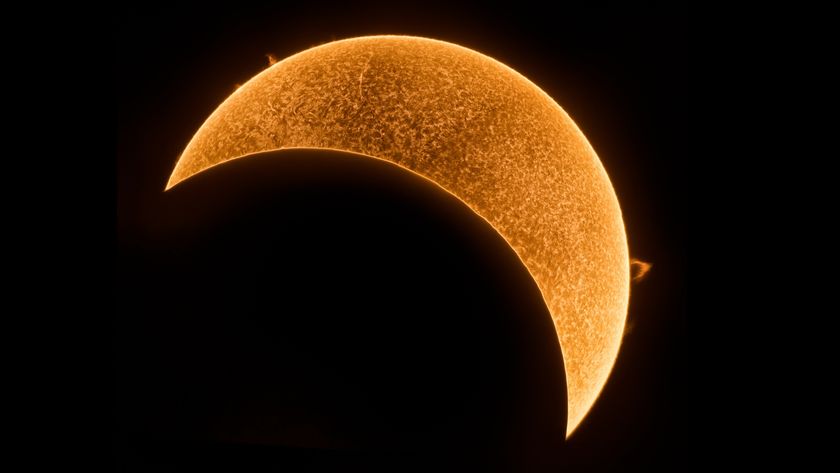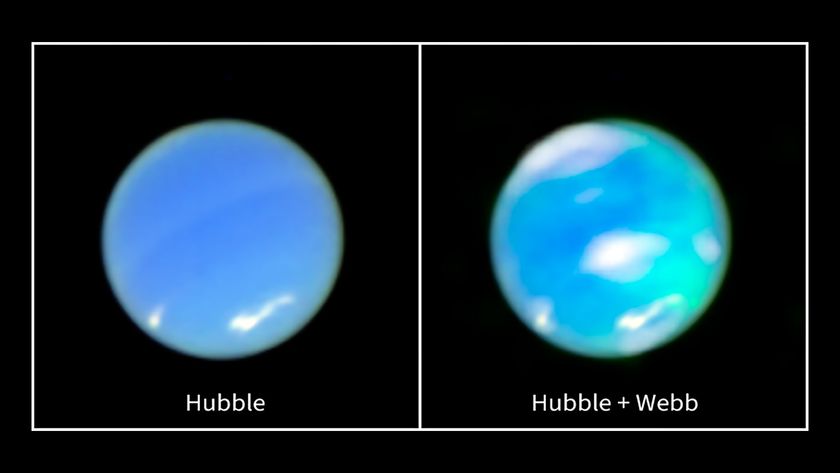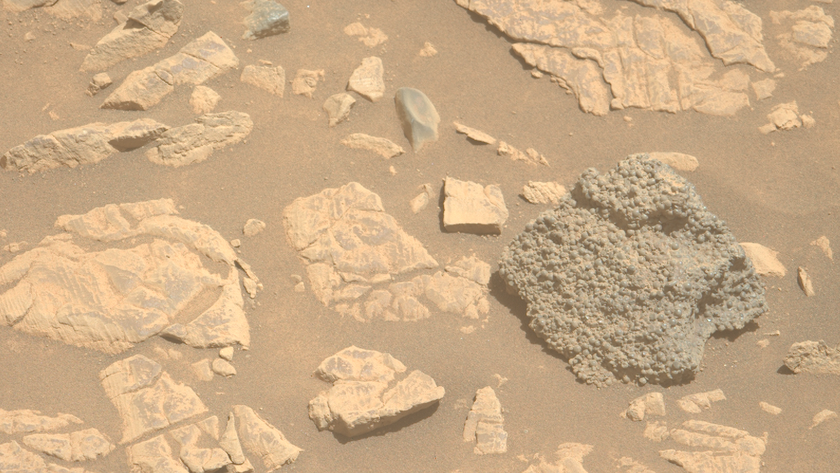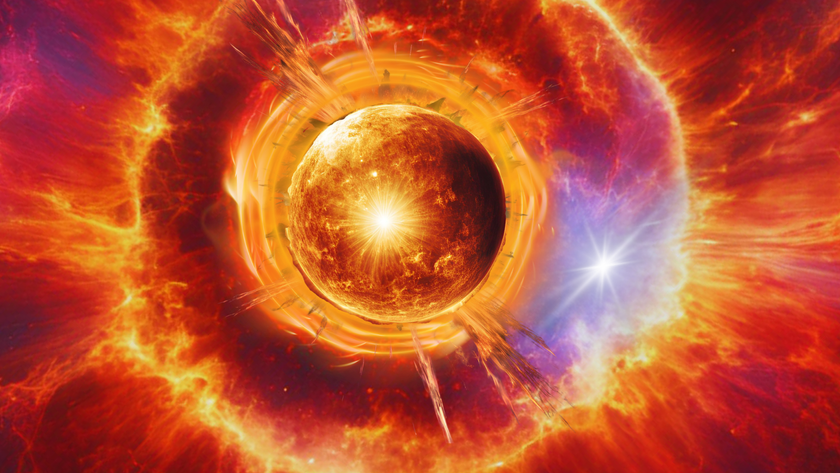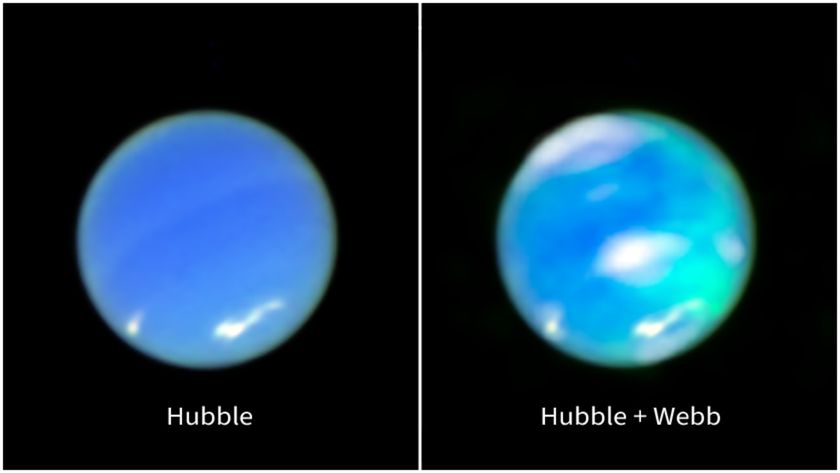
NASA's next Mars rover is due to land in just a few days, and the huge robot's handlers can hardly wait.
The 1-ton Curiosity rover, the heart of NASA's $2.5 billion Mars Science Laboratory (MSL) mission, is slated to touch down inside the Red Planet's Gale Crater on Sunday night (Aug. 5). Excitement about the big event is building among the MSL team, many of whom have been working on the mission for five years or more.
"I am absolutely thrilled to have the chance to land this spacecraft on the surface on Mars," MSL chief scientist John Grotzinger, of Caltech in Pasadena, said in a press briefing today (Aug. 2).
Curiosity's main task is to determine if the Gale area is, or ever was, capable of supporting microbial life. To get at this question, the rover will study the rocks and soil of Gale and Mount Sharp, the mysterious 3-mile-high (5-kilometer) mountain that rises from the crater's center. [Curiosity Rover: 11 Amazing Facts]
NASA officials call Curiosity the most complex and capable planetary explorer ever launched. It carries 10 different science instruments, including a rock-zapping laser and gear designed to identify organic compounds — the carbon-containing building blocks of life as we know it.
Some of these instruments sit at the end of Curiosity's five-jointed, 7-foot-long (2.1-meter) robotic arm, which also sports a drill that can bore 1 inch (2.5 centimeters) into Martian rock. No previous Red Planet rover has been able to delve so deep.
"This is the first roving analytical laboratory we've ever sent to any planet," said Michael Meyer, lead scientist for the Mars Exploration Program at NASA Headquarters in Washington, D.C. "Any geologist would die to have something like this with them when they're out in the field."
Get the Space.com Newsletter
Breaking space news, the latest updates on rocket launches, skywatching events and more!
While NASA and the MSL team are excited about what Curiosity might discover during its surface operations, the rover first has to touch down safely Sunday night. Landing on another planet is always a tricky proposition, and Curiosity's entry, descent and landing may be more nerve-wracking than most.
Because the rover is so big, MSL engineers had to come up with an entirely new landing method for Curiosity. They settled on a rocket-powered sky crane, which will lower the rover to the Martian surface on cables and then crash-land intentionally a short distance away.
The maneuver may sound crazy — and look crazy, as a NASA-produced landing video called "7 Minutes of Terror" shows — but the Curiosity team, and NASA officials, are confident that it will work, and that the car-size robot will soon begin its Red Planet rovings.
"I can't wait," Meyer said. "I just can't wait."
Follow SPACE.com senior writer Mike Wall on Twitter @michaeldwall or SPACE.com @Spacedotcom. We're also on Facebook and Google+.
Join our Space Forums to keep talking space on the latest missions, night sky and more! And if you have a news tip, correction or comment, let us know at: community@space.com.

Michael Wall is a Senior Space Writer with Space.com and joined the team in 2010. He primarily covers exoplanets, spaceflight and military space, but has been known to dabble in the space art beat. His book about the search for alien life, "Out There," was published on Nov. 13, 2018. Before becoming a science writer, Michael worked as a herpetologist and wildlife biologist. He has a Ph.D. in evolutionary biology from the University of Sydney, Australia, a bachelor's degree from the University of Arizona, and a graduate certificate in science writing from the University of California, Santa Cruz. To find out what his latest project is, you can follow Michael on Twitter.






